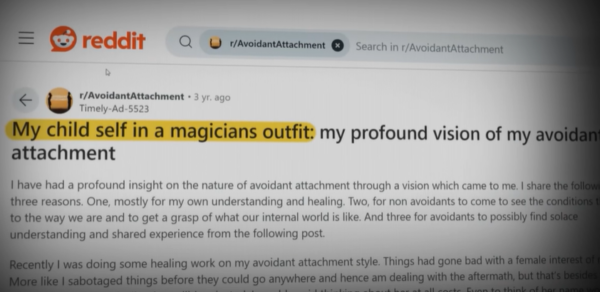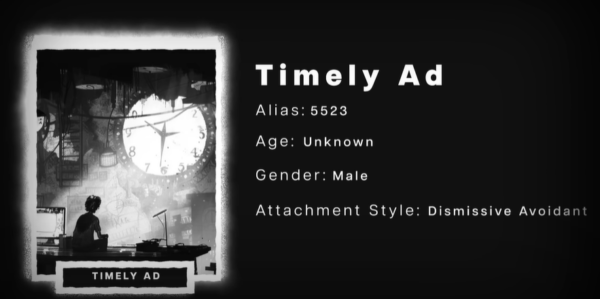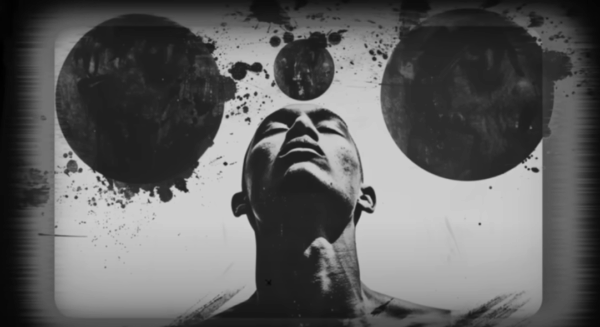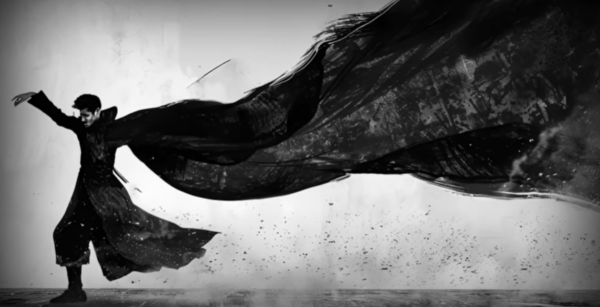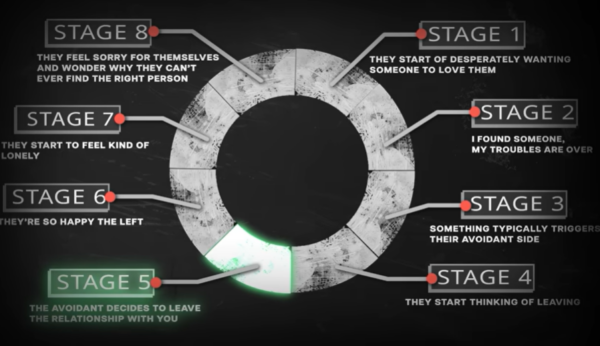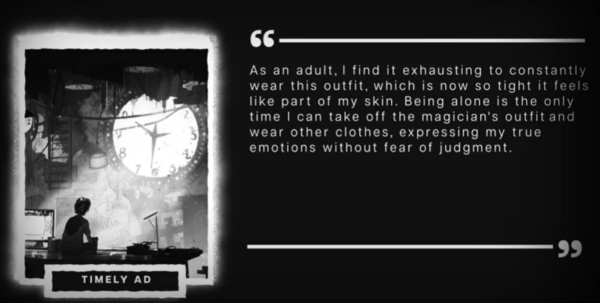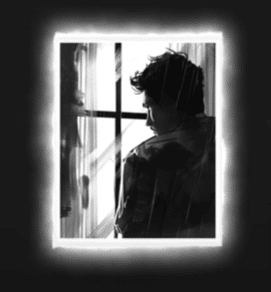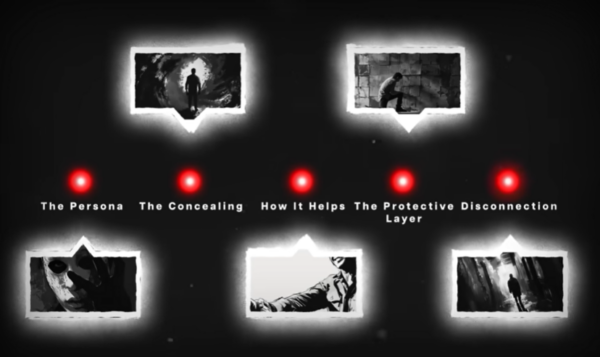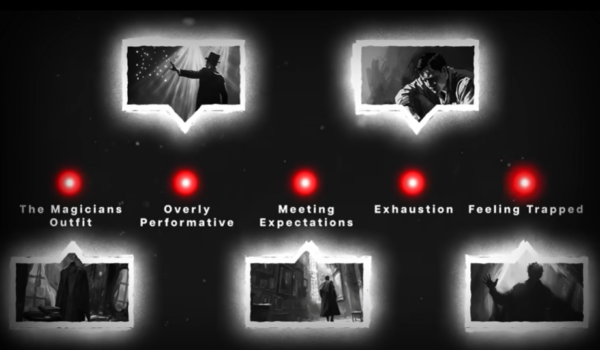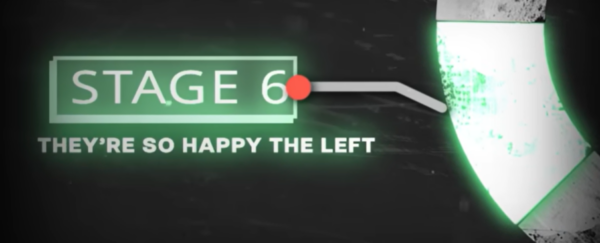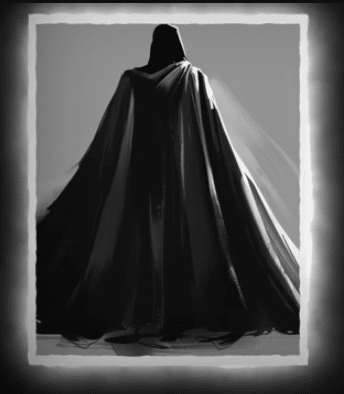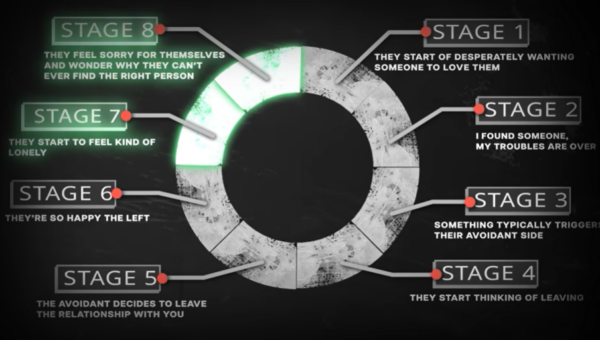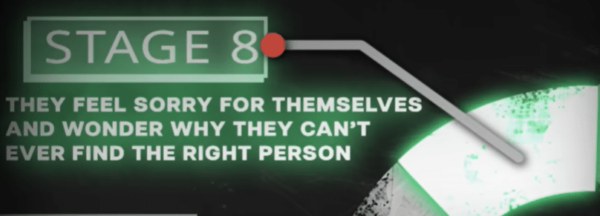The number one thing that an avoidant hopes for when you go no contact is to have time to throw off their magician’s outfit.
Alright, so what the heck is a magicians outfit?
And what does it have to do with what an avoidant hopes for when you go no contact.
Check this out,
I was prowling the avoidant attachment subreddit and I happened to stumble across this wild post written by an avoidant named “Timely Ad-5523”.
Anyways, their post is incredibly long but I found it to be incredibly insightful and brings up a concept that I’ve never even considered before.
So here’s what I’m going to do. I’m going to read you the abridged version:
I’ve had a profound insight into the nature of avoidant attachment through a vision that came to me. I share this for three reasons: to deepen my understanding and healing, to help non-avoidants grasp what our internal world is like, and to offer solace and shared experience to other avoidants.
Recently, I was working on healing my avoidant attachment style. Things had gone wrong with a romantic interest—mainly because I sabotaged it. I felt incredibly rejected and did everything to avoid thinking about her. Even her name triggered feelings of rejection, shame, and abandonment. Knowing these feelings are at the core of my attachment style, I decided to confront them head-on.
Lying in bed, I repeatedly brought up her name and image, despite my mind’s attempts to distract me. As I focused, a deep sense of emptiness and worthlessness welled up, contracting my entire body. The sensations were so intense that I wanted to thrash and escape them, but I held still, determined to face them. In my mind’s eye, I saw my chest and body open, revealing 3-4 black, kidney-shaped structures at my chakra points. These burned-out, alien-like energy centers emitted a defeated buzz, symbolizing the core of my emotional pain.
Touching the largest of these energy balls triggered a vision that wouldn’t leave me. The vision took me to my childhood bathroom, drenched in a deep, sad blue light. The world outside was empty and decaying, reflecting an all-encompassing sadness. Inside the bathroom, my childhood self was being dressed in an oversized magician’s outfit by my mother, who was humming absentmindedly. Her smile seemed genuine but forced, and she wasn’t truly present with me. Despite my disappointment with the outfit, I let her continue adjusting it because it made her happy.
The vision made me realize that the blue light symbolized my mother’s depression and grief, stemming from the loss of my twin sister during childbirth. As an infant, I absorbed this grief, which flooded my world with sadness and emptiness. The oversized magician’s outfit represented the emotions I couldn’t manage alone. My mother’s emotional unavailability led me to believe I was unworthy of her love and support. To survive, I learned to hide my true emotions, adopting a persona that pleased her—the magician’s outfit.
This outfit became a metaphor for how I navigated life. I had to “perform” for love and approval, wearing the magician’s outfit to gain attention. As a child, I became the class clown, always performing to earn validation. But no matter how much attention I received, it never filled the void left by the lack of unconditional love. The magician’s outfit allowed me to avoid the risk of rejection, but it also kept me from experiencing true love and connection.
As an adult, I find it exhausting to constantly wear this outfit, which is now so tight it feels like part of my skin. Being alone is the only time I can take off the magician’s outfit and wear other “clothes”—expressing my true emotions without fear of judgment.
Alright, let’s stop here for a moment because there is a lot to unpack from this statement.
You know, between you and I, one of the worst things about writing a script for a YouTube video is trying to find originality in tired old ideas.
This isn’t the first time I’ve talked about what avoidants feel during no contact.

What Are Your Chances of Getting Your Ex Boyfriend Back?
Take the quizI’ve done it in this video:
I’ve talked tirelessly about my avoidant death wheel and the fact that after an avoidant leaves a relationship they actually rejoice about that fact.
But the thing that’s struck me so far about this story that this random avoidant put up on reddit is how much of a unique take it is on the no contact rule.
I mean, look at their last statement:
So this avoidant is saying that they’ve lived so long with this magicians outfit on that it becomes hard to separate or shed that identity.
And it actually might help explain why avoidants go through so many breakups.
It happens over five stages.
Stage One: The Facade vs. Authentic Self:
Over time, the avoidant might realize that their partner is attracted to the version of them that is always composed, entertaining, or self-sufficient—the magician’s outfit. This recognition can lead to a deep sense of disconnection and dissatisfaction because the avoidant knows that the relationship is based on a version of themselves that isn’t fully real.
Stage Two: Exhaustion and Resentment:
The constant effort to maintain this facade becomes exhausting, leading to resentment. The avoidant might begin to feel trapped, unable to reveal their true self without risking rejection or the loss of their partner’s love. This internal conflict can create significant stress, often pushing the avoidant to distance themselves or even end the relationship to escape the pressure of maintaining the facade.
Stage Three: Intimacy Avoidance:
The avoidant’s fear of being truly seen—and possibly rejected—for who they are under the magician’s outfit leads them to avoid deeper intimacy. They may subconsciously sabotage relationships as they start to feel too close or vulnerable, believing that their partner wouldn’t accept their true self.
Stage Four: Breakup as Self-Preservation:
The decision to end a relationship can be seen as a form of self-preservation. By breaking up, the avoidant avoids the risk of their partner discovering the “real” them and possibly rejecting it. In this way, the breakup serves as a protective measure against the potential pain of rejection.
Stage Five: Desire for Genuine Love:
Despite the fear and avoidance, there is often a deep longing within the avoidant to be loved for who they truly are, not just the magician’s outfit. However, the cycle of presenting a facade and then withdrawing when it becomes too exhausting or unsustainable prevents this kind of authentic connection from forming.
There’s an eerie similarity that this all has to the idea of the facade
This is Carl Jung, he is a Swiss psychiatrist, psychotherapist and psychologist who founded the school of analytical psychology.
He founded the idea of “The facade or the “persona,” a social mask that individuals wear to fit in, gain approval, and navigate the external world.”
Alright, check this out we have two concepts being presented to us here: Jung’s Persona & The Magician’s Outfit
Let’s talk about the facade or persona first,

What Are Your Chances of Getting Your Ex Boyfriend Back?
Take the quizJung’s Persona (Facade)
- Carl Jung describes the “persona” as this social mask that individuals wear to fit in, to gain approval, and navigate the external world. It’s the part of ourselves that we present to others.
- But it often conceals our true feelings, desires, and vulnerabilities.
- The persona helps us interact with society in a way that’s deemed acceptable and expected.
Here’s the interesting part though.
- The persona serves as a protective layer, allowing individuals to adapt to social norms and roles.
- However, Jung warned that over-identification with the persona can lead to a disconnection from the authentic self, causing internal conflict and psychological distress.
Now let’s look at the magician’s outfit,
The Magician’s Outfit
- We know the “magician’s outfit” functions similarly to Jung’s concept of the persona.
- It represents the performative, constructed identity that you feel compelled to wear to gain love and approval.
- Like the persona, the magician’s outfit is tailored to meet the expectations of others, at the cost of suppressing your true emotions and needs.
But there’s a sad internal conflict that comes along with wearing it.
- It’s exhausting because it requires constant performance, much like how over-reliance on the persona can lead to a sense of inauthenticity.
- The struggle that the avoidant who came up with it describes—feeling trapped in this outfit and longing to express their true self—mirrors the psychological tension Jung associated with an overdeveloped or rigid persona.
Let’s go back to our avoidant’s vision now, after all, I cut us off midway through.
So, “Timely Ad” goes on to say,
This need for space explains why avoidants like me often withdraw from others. It’s not that we dislike people, but that every interaction feels like a performance. Intimacy, which involves sharing different emotions, is terrifying because it requires wearing other “outfits” that we’ve learned to avoid.
Avoidants often feel they must manage their emotions alone, as their needs are seen as burdensome. This is why we value independence and solitude. An example is a family friend who, during a heart attack, drove himself to the hospital to avoid bothering anyone—a logic I completely understand.
Now, I’m trying to wear other “outfits” and share my true emotions with others, but the walls I’ve built are incredibly high. It feels like trying to defy gravity, breaking through ingrained patterns that have defined my life. This is why avoidants shy away from intimacy—it’s the fear of being seen in anything other than the magician’s outfit.
Again I’d like to pull up the avoidant death wheel. If you’re a subscriber to this channel, this shouldn’t be new. I’ve talked so many times.
The part that always gets people is stage 6, right here: The “I’m so happy I left” stage.
Basically after going through a breakup the avoidant rejoices after getting their freedom back.
So, we know that avoidants do this, and for most people talking about this subject, that’s enough.
They stop at the “what,” but fall short of the “why?”
Think about the magician’s clothing metaphor we discussed earlier.
For avoidants, being in a relationship often feels like they’re constantly wearing that restrictive outfit—a facade they’ve had to maintain to keep the relationship going. This outfit is exhausting to wear because it requires them to hide their true selves, their vulnerabilities, and their deeper emotions, all to fit the expectations they believe their partner has.
When an avoidant finally exits a relationship, the feeling of relief and happiness comes from being able to take off that suffocating magician’s outfit. They’re no longer under the pressure to perform, to be someone they’re not. For the first time in a long while, they can be alone with their true self, without having to conform to anyone else’s expectations.
This sense of freedom is intoxicating because it represents a return to authenticity, even if that authenticity is something they only allow themselves to experience in solitude. However, this relief is often short-lived, as the deeper issues of loneliness and the inability to connect on a genuine level remain unresolved.

What Are Your Chances of Getting Your Ex Boyfriend Back?
Take the quizThe “I’m so happy I left” stage is less about true happiness and more about the temporary relief from the strain of maintaining a facade.
But, once again, pulling up the avoidant death wheel, you’ll notice that with stages seven and eight—Nostalgia and Regret—the avoidant starts to grapple with the emotional consequences of their temporary relief.
After the initial euphoria of shedding the magician’s outfit, a shift begins to happen internally.
Nostalgia
In the Nostalgia stage, stage seven, the avoidant may find themselves revisiting memories of the relationship, not necessarily out of a desire to return, though we do see that happen, but because those moments of connection start to haunt them.
Think about it from their perspective.
Inside, the avoidant feels a growing sense of unease. The freedom they cherished starts to feel hollow, as the reality of their solitude sets in. The memories of closeness—those moments when they allowed someone to see even a glimpse of their true self—begin to surface, not as a longing to reconnect, but as a reminder of what they have pushed away. The facade they once wore feels less like a burden they escaped and more like a necessary armor they discarded too soon.
Regret
And then of course we have the final stage of the death wheel, Regret.
As they move into the Regret stage, the struggle intensifies.
The avoidant is caught between two conflicting desires:
- The need to protect themselves from the vulnerability that comes with intimacy
- The deep, unacknowledged longing for connection.
They may not consciously wish to return to the relationship, but they feel the weight of what they’ve lost.
- The regret is about the realization that their freedom comes with a price—continued emotional isolation and the perpetual cycle of running from their true feelings.
- In this state, the avoidant begins to feel the familiar pressure to put the magician’s outfit back on.
- The very thing that once felt suffocating now seems like a refuge from the discomfort of their own emotions.
- The facade offers a way to function, to engage with the world without fully confronting the depth of their internal struggle.
- They retreat into the safety of the persona they’ve perfected over the years.
And therein lies the sad truth about the magician’s outfit.
Every time they take it off, they get temporary relief but inevitably become reminded that it’s a parasite.
The magicians outfit allows them to navigate life without exposing their vulnerabilities, but it also keeps them from experiencing genuine connection.
And so the fear of being truly seen, of facing their own emotions without the mask, drives them back to the familiar.
The cycle continues, because the avoidant feels trapped between the fear of vulnerability and the fear of isolation.
In the end, the magician’s outfit becomes a necessary but painful compromise, a way to survive emotionally, even if it means never fully living.
